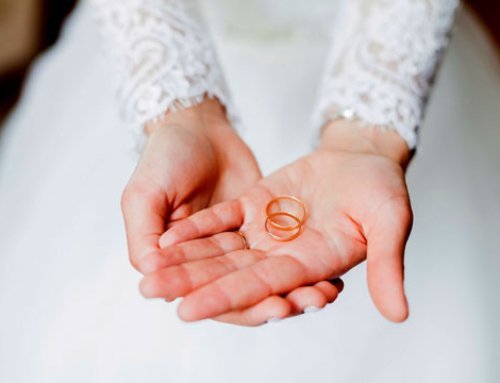The surge in the size of the millennials and Generation Z age groups has created key opportunities for the diamond industry, De Beers said Thursday in its 2018 Diamond Insight Report.
Those two brackets accounted for two-thirds of global diamond-jewelry demand last year, with millennials responsible for almost 60% of US sales, the company said. The oldest Gen Z consumers — aged 18 to 20 — bought 5% of all diamond-jewelry pieces in the US.
The spending power of millennials — those aged from 21 to 39 — will overtake that of Baby Boomers (aged 53 to 71) permanently by 2020, it noted. Gen Z — those up to 20 — will come of age over the coming decades.
“While both of these generations desire diamonds just as much as the generations that have come before them, there are undoubtedly new dynamics at play,” De Beers CEO Bruce Cleaver said. “Those diamonds may now be in different product designs, used to symbolize new expressions of love and researched and purchased in different ways to mark different moments in life.”
The miner identified three key areas that companies should focus on to attract the new types of buyers. Millennials and Gen Zers still want to follow tradition in love and marriage, but increasingly seek personalized products and relaxed experiences that reflect their individual values and preferences, De Beers explained. While the bridal market represents 27% of diamond-jewelry demand in the main diamond-consuming countries, younger customers are also interested in gifting diamonds simply as a sign of love or romance. That segment represented a further 12% of total demand in 2017.
Marketers must also be aware of the generations’ “always-on” attitude and demand for a seamless omni-channel experience when buying products. Organic strategies — as opposed to paid advertising — resonate best with these consumers, especially if the marketing is authentic, funny and out-of-the-box, the miner added.
In addition, millennials and Gen Z consumers both show strong concern for social causes and responsible sourcing, De Beers noted. Diamond sellers should therefore be more proactive in communicating the good the industry and their brands do throughout the world. They also want companies to show them that their sourcing is ethical, rather than just tell them — making tracking technologies such as blockchain more important.
Diamond-jewelry demand grew 2% to a record $82 billion in 2017, the miner said in May.
“With the younger consumers’ desire for qualities that diamonds can perfectly embody – including love, connections, authenticity, uniqueness and positive social impact – the most exciting times for the diamond industry are still ahead of us if we can seize the opportunities,” Cleaver added.






